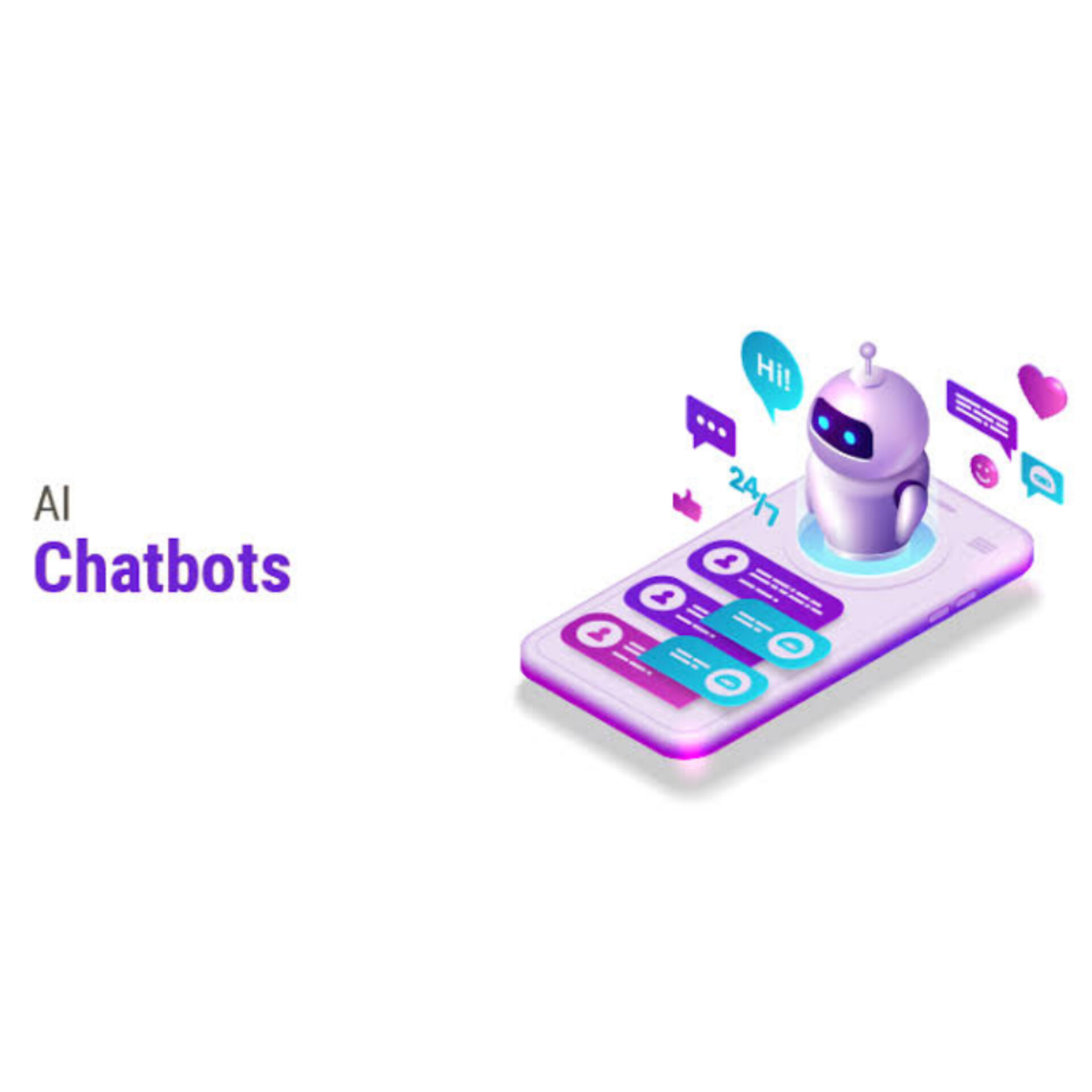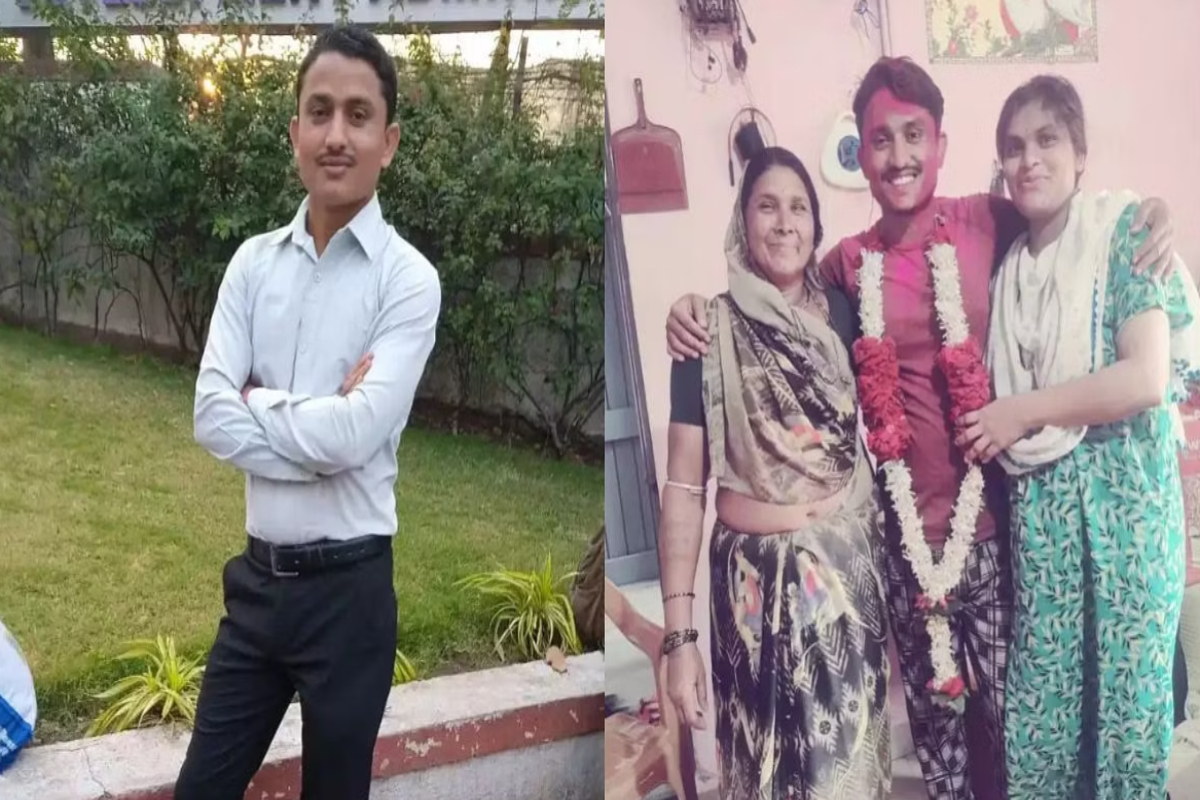AI chatbots: Since ChatGPT made its debut in November of last year, the generative AI environment has been fast changing. Several new chatbots and tools with improved capabilities and features have appeared in spite of the authorities’ and experts’ mounting worries. These chatbots could, however, potentially provide a fresh danger to the stability and security of the entire world.
Criminals to produce bioweapons
In the next two to three years, according to Dario Amodei, CEO of Anthropic, AI systems could make it easier for criminals to produce bioweapons and other lethal weapons. With the launch of Claude, a ChatGPT competitor, Anthropic, a firm created by former OpenAI workers, recently gained notoriety.
What are they doing to stop this?
“Whatever we do, it needs to be done quickly. And I believe that 2025, 2026, and perhaps even 2024 would be good targets for bringing attention to biorisks. We’re going to have a pretty difficult time if we don’t have policies in place that are restricting what can be done with AI systems, he said in his testimony at the committee on Tuesday.
It’s not the first time an AI business has called for regulation and acknowledged the risks associated with the product they are developing. For instance, during a visit to South Korea in June, Sam Altman, the CEO of OpenAI, the business behind ChatGPT, called for global regulations on generative AI.
Future is at risk due to AI chatbots
He continued by stating that if suitable safeguards aren’t put in place, AI systems will be able to entirely fill in those gaps. However, if the proper safeguards and mitigations are not put in place, a straightforward extrapolation of today’s systems to those we expect to see in two to three years shows a high risk that AI systems will be able to fill in all the gaps. This might significantly increase the number of actors who possess the necessary technical skills to carry out a significant biological strike.
Keep watching our YouTube Channel ‘DNP INDIA’. Also, please subscribe and follow us on FACEBOOK, INSTAGRAM, and TWITTER












